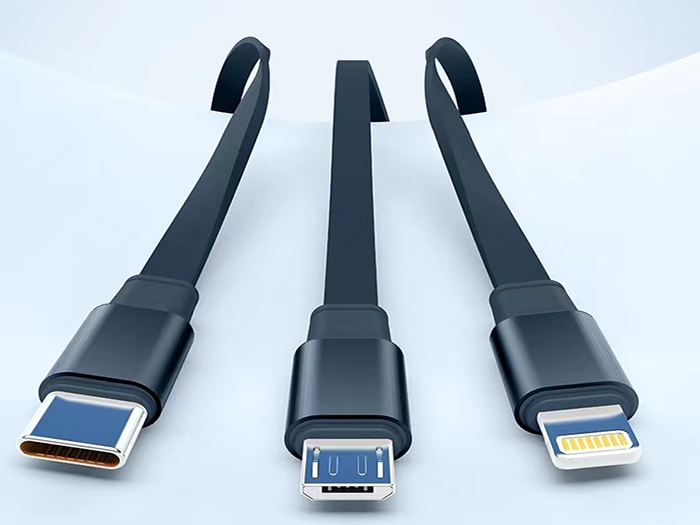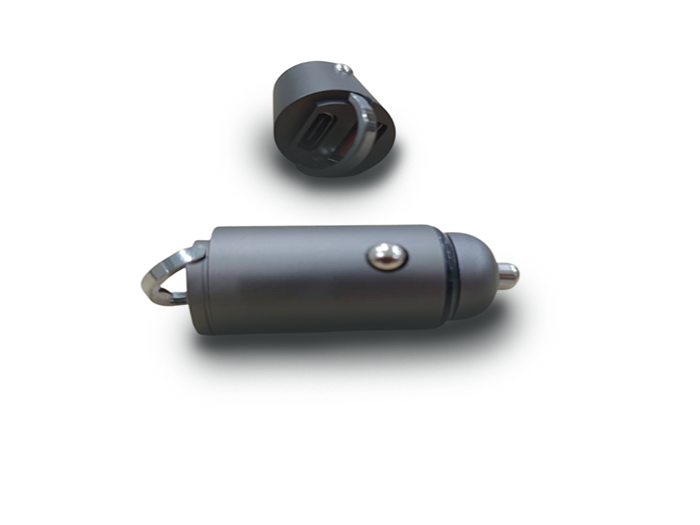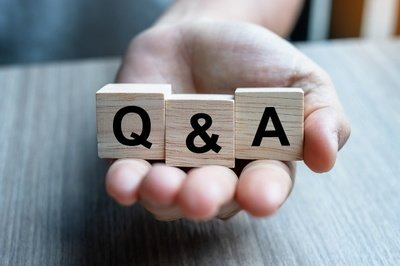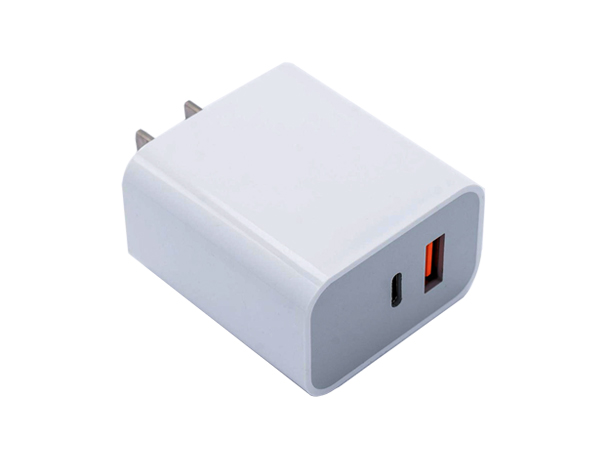SaiYue Technology introduces 3 types of mobile phone charging interfaces for you in detail. At present, there are three main types of mainstream mobile phone charger interfaces: Micro USB interface; USB Type C interface; Lightning interface.
1. Micro USB interface
This interface is a portable version of the USB 2.0 standard, which can only be inserted on one side, supports OTG function, and is compatible with USB1.1 and USB 2.0.
2. USB Type C interface
The USB Type C interface is a connection interface of the USB 3.1 standard, which has the characteristics of positive and negative insertion and fast transmission speed.
3. Lightning interface
This interface is a high-speed multi-function I/O interface designed by Apple. Starting from the iPhone 5, the new iPhones and iPads of all generations are equipped with this data interface. There are 8 contacts on both sides of the Lightning interface, and it also has the feature that it can be inserted in both positive and negative directions, and can transmit specific signals required by the accessories according to different accessories.

Main functions of USB Type-C interface
1. Fast
Theoretically, the maximum transfer rate of a USB-C port is 10Gb per second. But Apple says the new MacBook's USB-C port has a maximum transfer rate of 5Gbps. The maximum output voltage is 20 volts, which can speed up charging. And USB-A, so far the limit transfer rate is 5Gbps, the output voltage is 5V.
2. All-rounder
The new MacBook's USB-C port can transfer data, charge it, and also serve as a video-out port to connect an external display device. The only question is how Apple caters to users who want to do all three at the same time.
3. Two-way
Unlike older USB ports, where power can only be transferred in one direction, the USB-C port's power transfer is bidirectional, which means it can have two ways of sending power. Therefore, the user can not only charge the mobile device with the notebook, but also charge the notebook with other devices or a power bank.
 Saiyue car charger customization
Saiyue car charger customization
 Saiyue answers you
Saiyue answers you
 3 types of cell phone charging interface
3 types of cell phone charging interface
 SaiYue Technology customized 8W PD Quick charger for Mr. Nihat in Turkey
SaiYue Technology customized 8W PD Quick charger for Mr. Nihat in Turkey